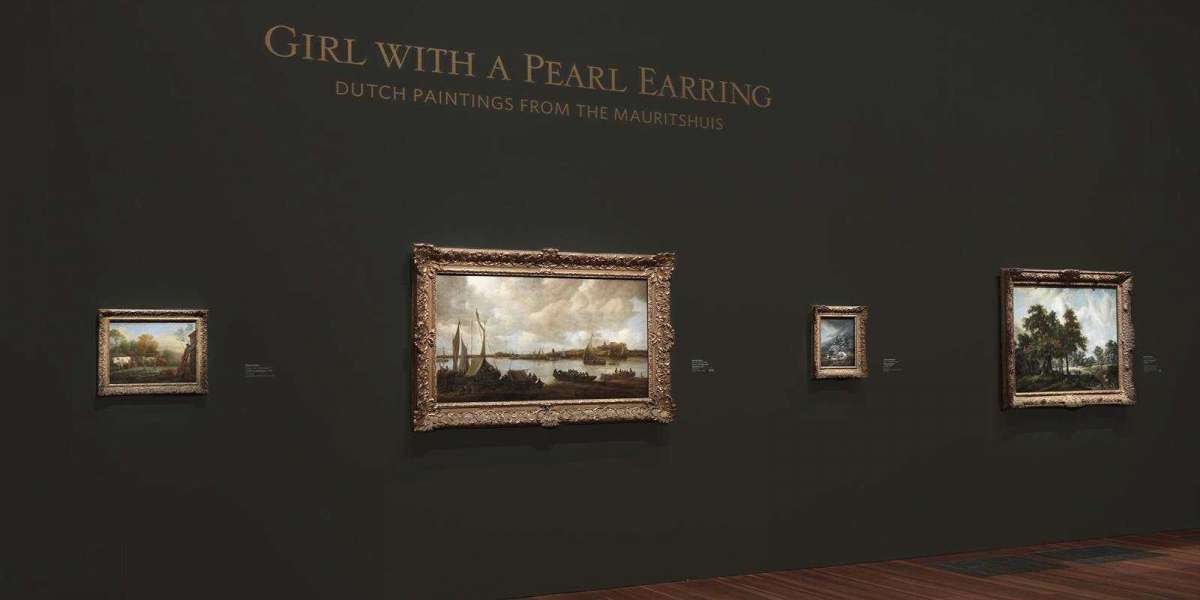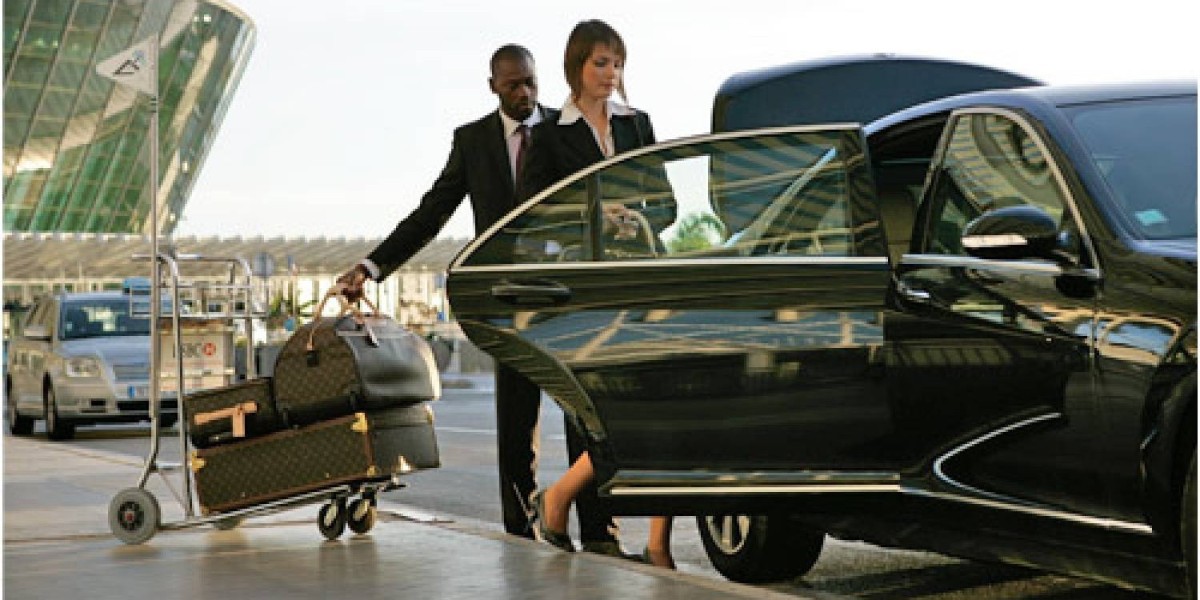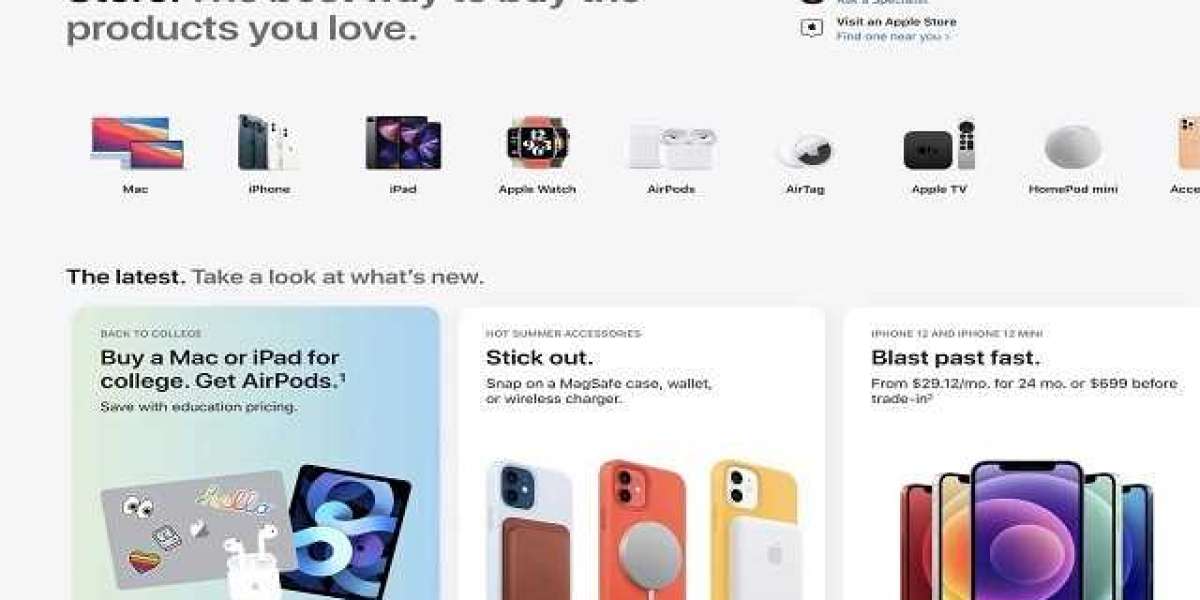Rub-on Letraset lettering left a void in the marketplace when it became an online product, and dry transfer decals continue to be its most popular replacement. The decals produce clean rub-on lettering in the font of your choice for many applications, including high-end ones like museum exhibit captions. There's also an application advantage with the replacement product because it applies in a single step rather than one letter at a time. So you have many of the same attributes and potential uses as the Letraset rub-on product with even higher quality and quicker installation. It's a step up in quality.
The original Letraset developed its following thanks to its uniformly sized and good-looking lettering in a selection of looks. But it did require an artist's hand to place them one by one in a neat and professional look. It was an excellent solution for many applications, and you can understand how it became popular and widely used over time. But today's designers create their layouts electronically and have them run out as custom dry transfer sheets that can be applied as a whole in a single step. There is a much better chance of a flawless appearance with much less time involved -- see for yourself with transfer decals.
There are few limits to the ways you can use transfer decals for lettering applications indoors. They work on plaster or wallboard along with wood, plastic, glass, and metal. Along with the lettering, which you can match to any color, you can add branding elements to the decals to make them unique. It's an ideal way to extend your company or organization's branding to its offices and other facilities as a natural extension of signage. If you are working on a tight budget and need signage in multiple locations, you can strategically and gang up items on each transfer sheet. Fewer sheets will lower your cost.
The ease of application offered by rub-on Letraset was one of its significant advantages, and it's matched identically by transfer decals. They are made from adhesive-backed lacquer ink and rub on dry – not water or extra adhesive required. It's one of the reasons they're so popular and preferred by design and facilities professionals. The tiny amount of adhesive used doesn't damage surfaces if removed later, which is a significant advantage for non-permanent applications. Crisp and clear reproduction in small sizes is another favorable attribute that explains their popularity for museum wall labels.



